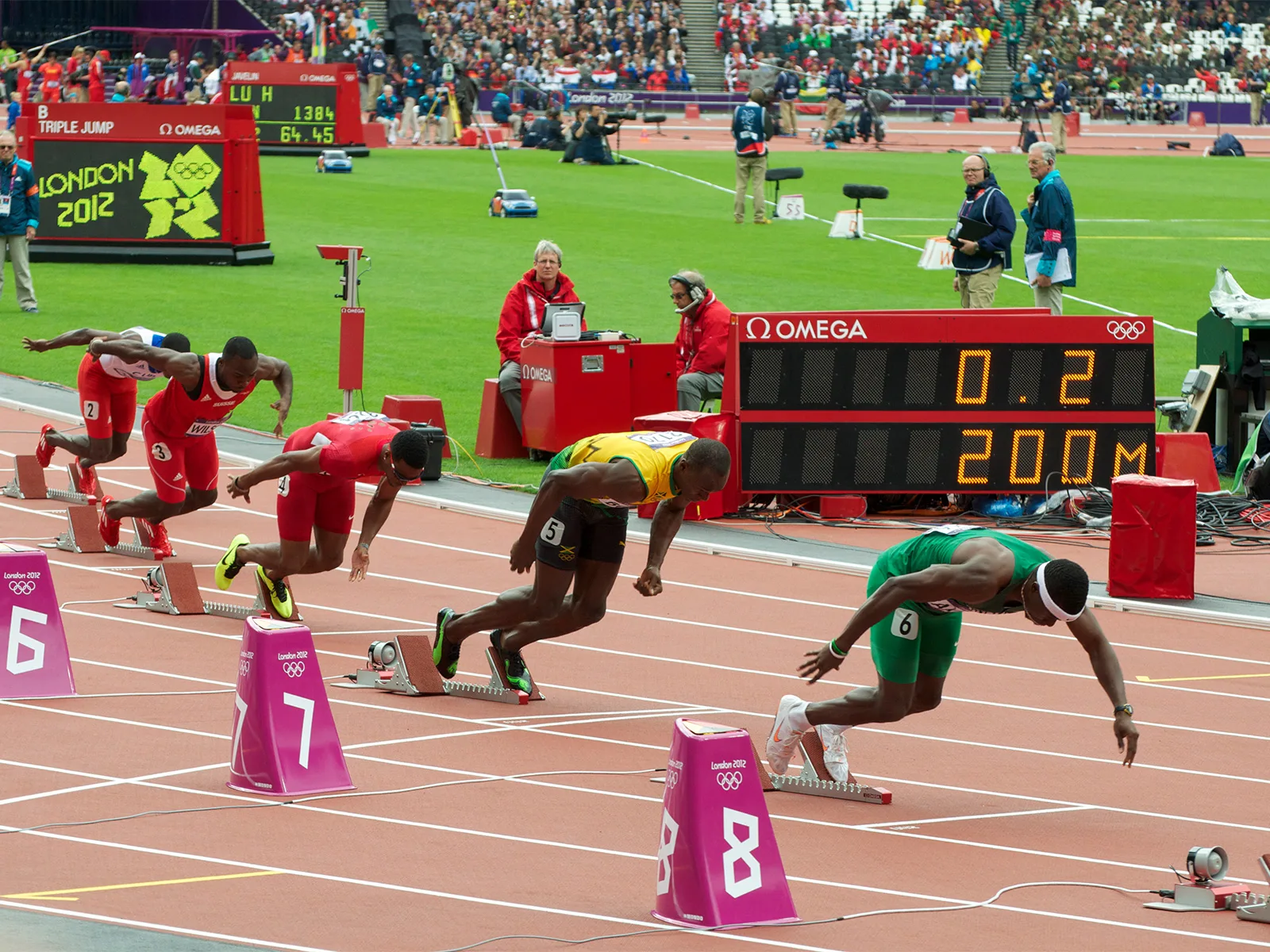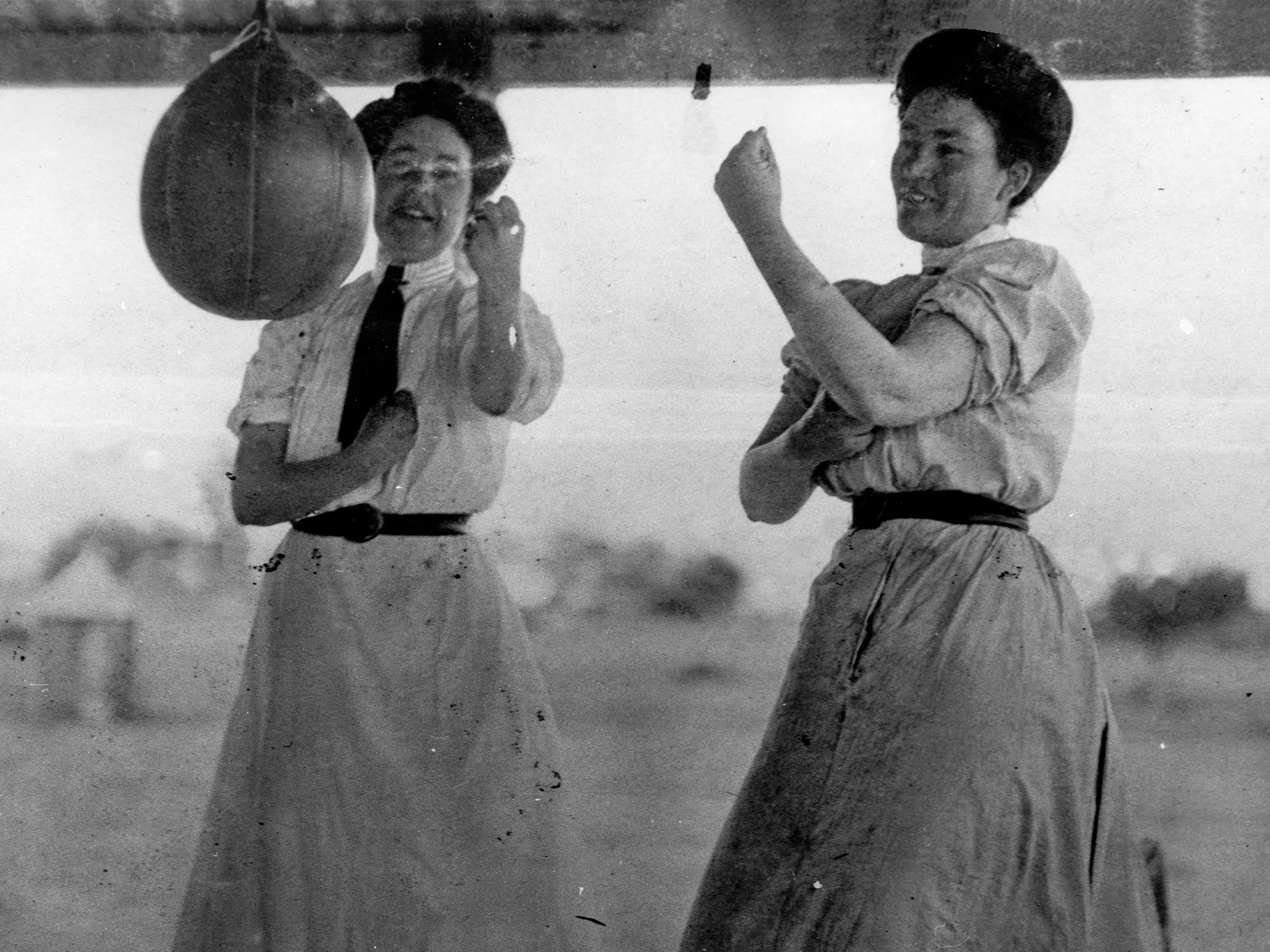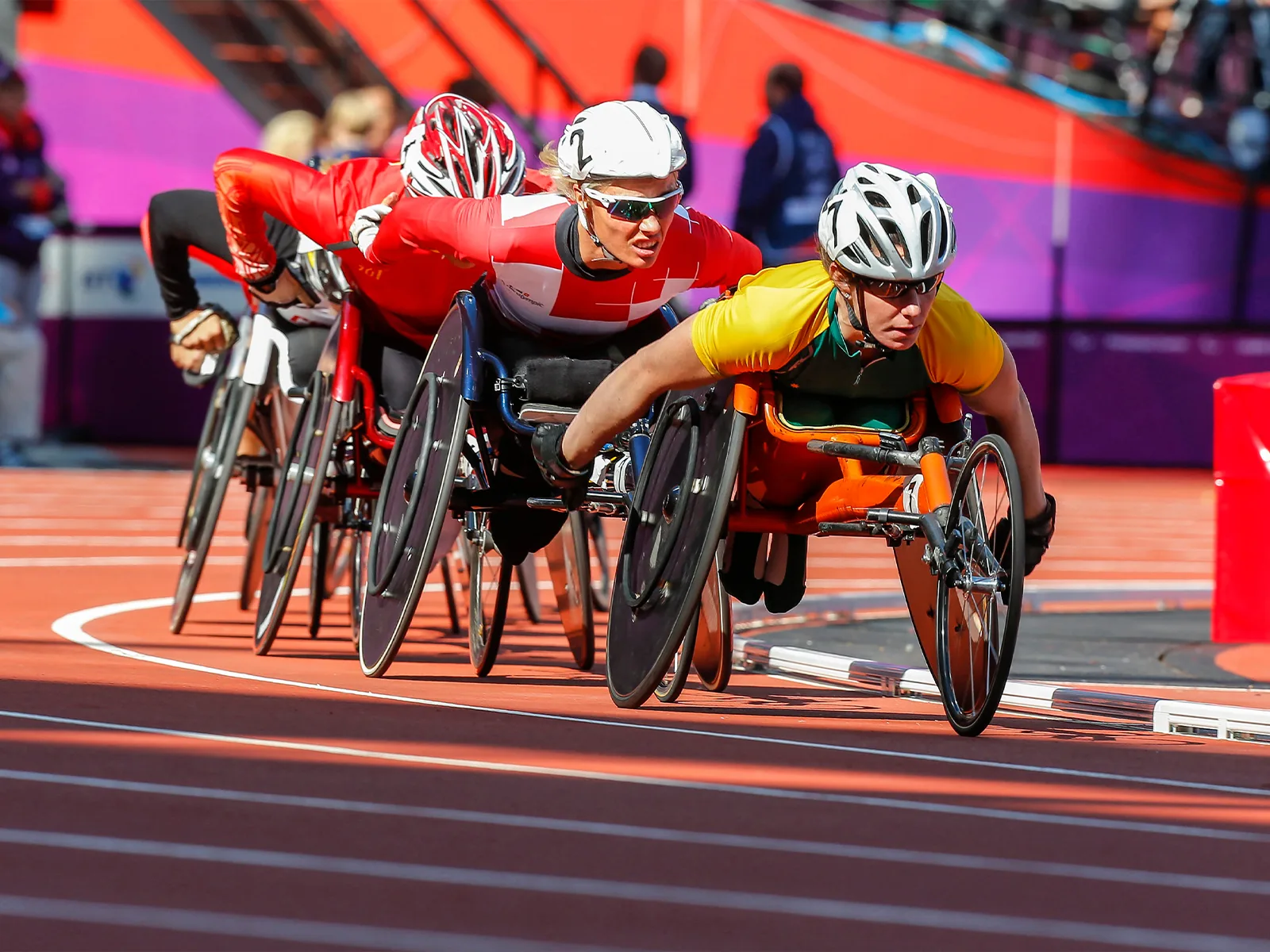
Competition on wheels: wheelchair sport as a model for integration?
Nowadays it goes without saying that, hot on the heels of the Olympics, comes the Paralympics, in which people with disabilities compete on the same global platform. But it’s only since 1988 that the two sporting events have truly shared a stage. A look at the history of sport for the disabled.
The history of the Paralympics movement. YouTube / Paramlympic Games
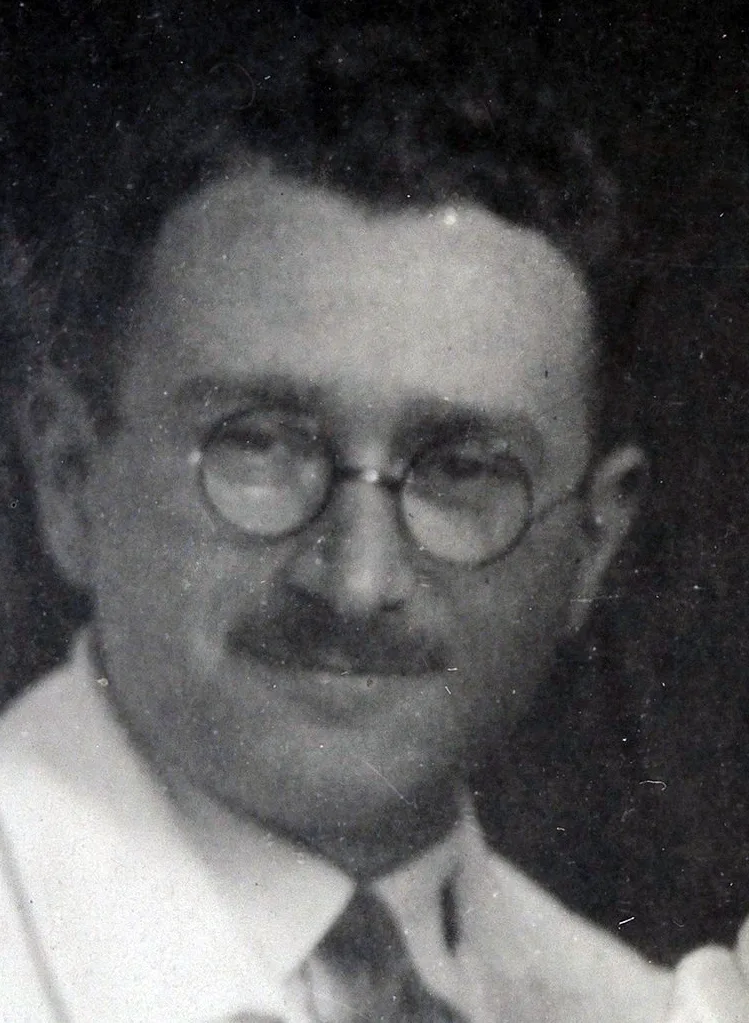

Paraplegics from the Zurich region during a Paralympics training session in Tel Aviv in 1969 (in German). SRF
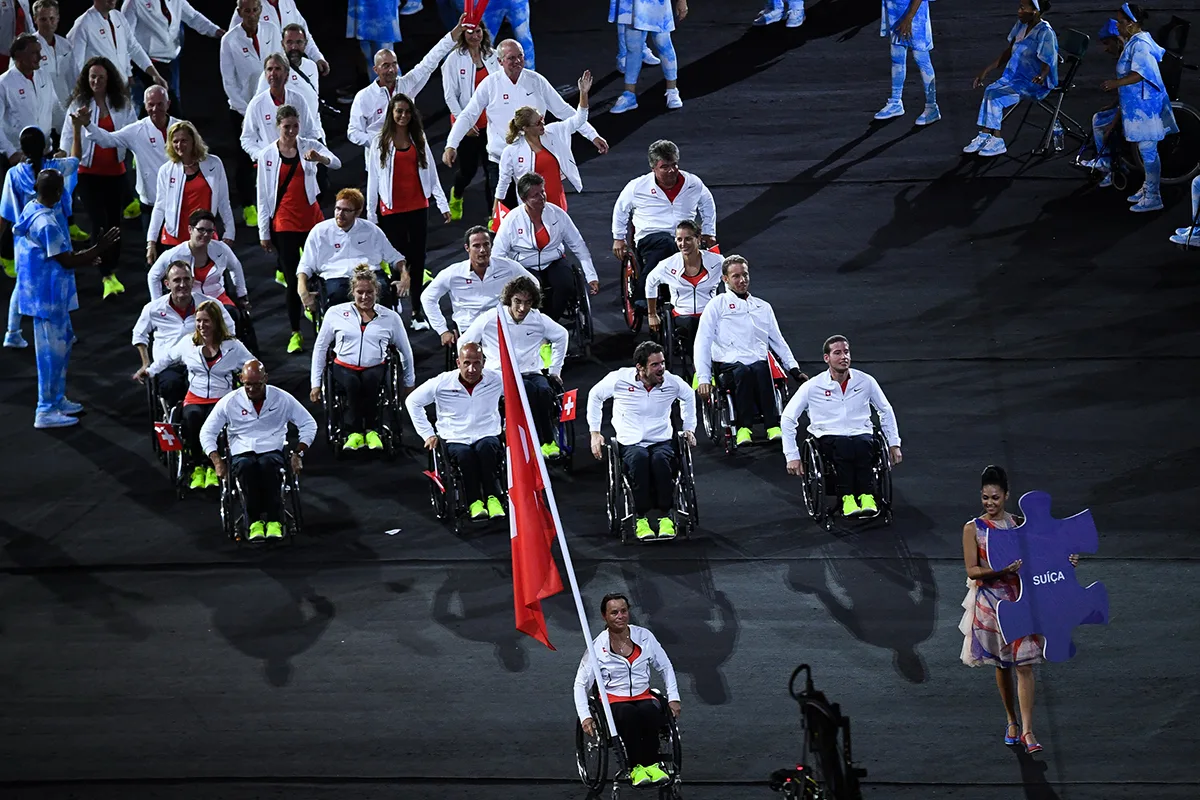
Swiss Sports History

This text was produced in collaboration with Swiss Sports History, the portal for the history of sports in Switzerland. The portal focuses on education in schools and information for the media, researchers and the general public. Find out more at sportshistory.ch


